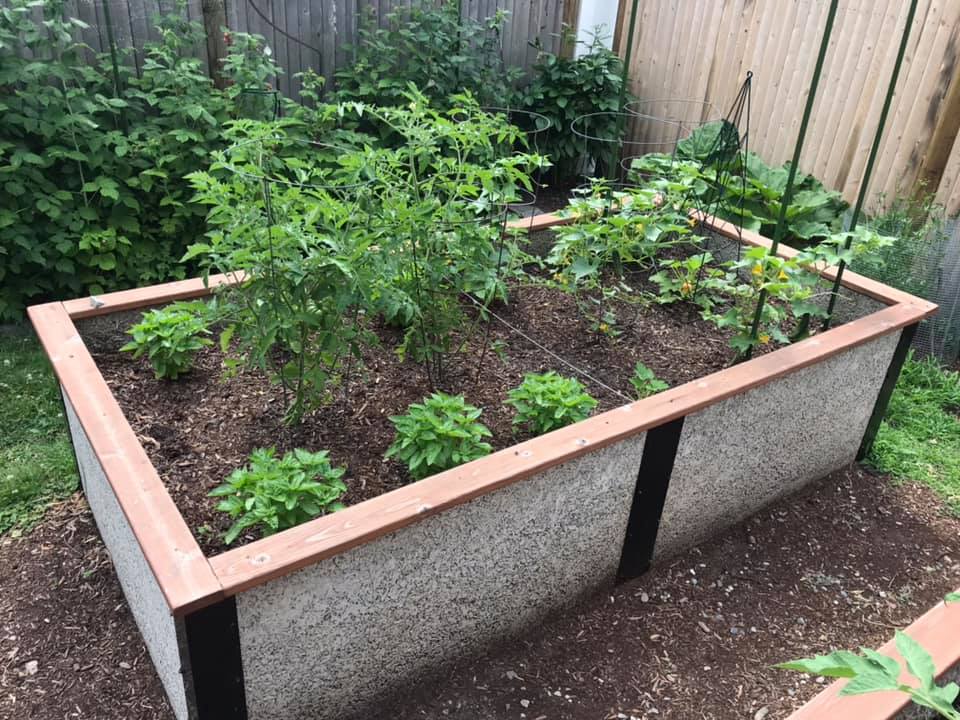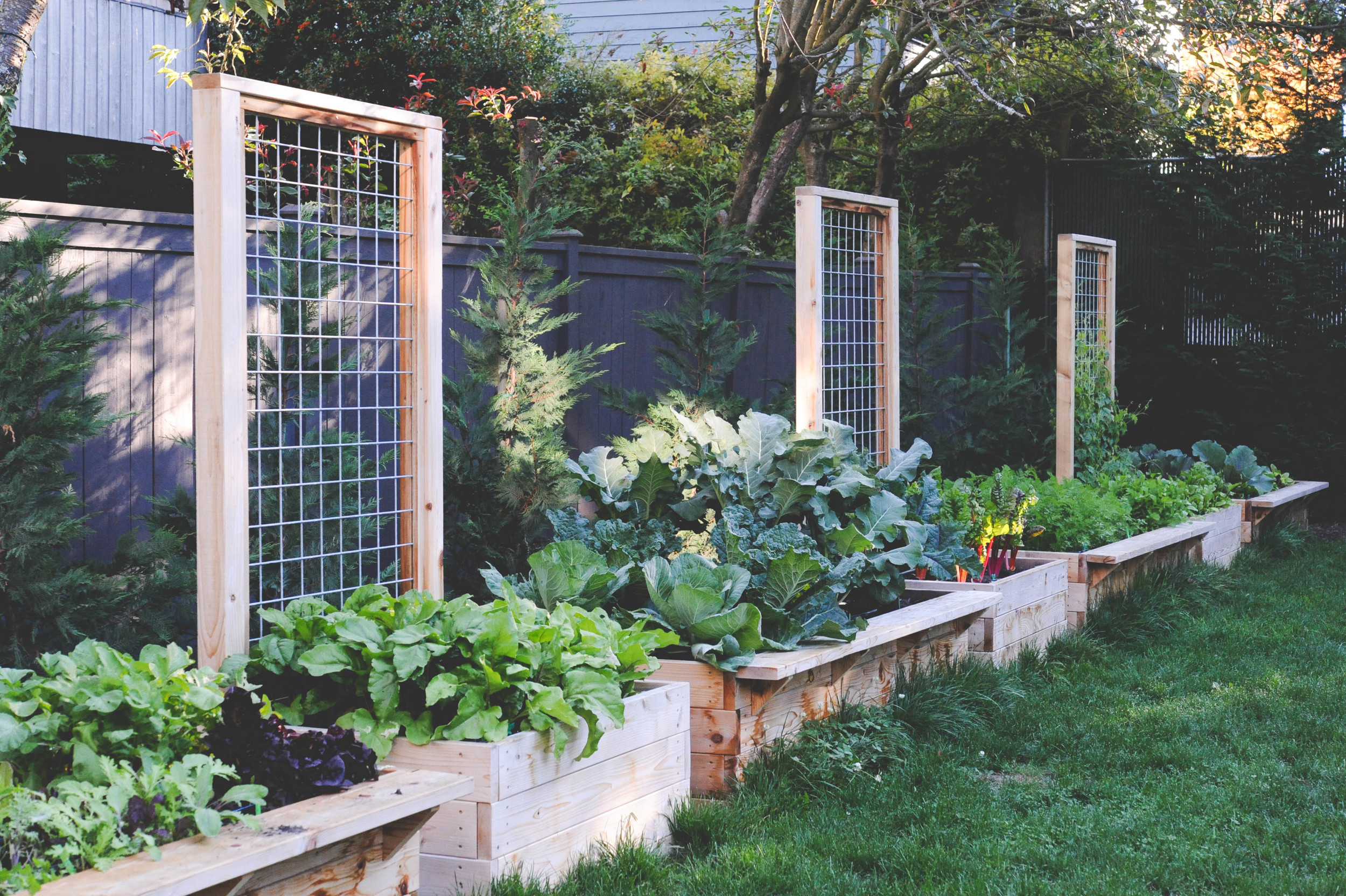The Ultimate Guide To Companion Planting In Raised Beds
The Ultimate Guide to Companion Planting in Raised Beds
Companion planting is a gardening technique that involves planting certain plants together to benefit each other. This can be done in any type of garden, but it is especially beneficial in raised beds.
There are many reasons to use companion planting in raised beds. First, it can help to improve the health and productivity of your plants. When plants are planted together, they can help to attract beneficial insects, repel pests, and improve the overall health of the soil.
Second, companion planting can help to save space in your garden. By planting compatible plants together, you can maximize the space in your raised bed and get the most out of your growing area.
Third, companion planting can make your gardening more enjoyable. When you plant plants that work well together, you can create a beautiful and productive garden that is easy to care for.
If you are new to companion planting, there are a few things you need to know. First, you need to understand the basic principles of companion planting. There are three main ways that plants can benefit each other:
- Attracting beneficial insects: Some plants attract beneficial insects, such as ladybugs and lacewings, which help to control pests. For example, planting carrots and tomatoes together will attract ladybugs, which will help to control tomato hornworms.
- Repelling pests: Some plants repel pests. For example, planting marigolds near tomatoes will help to repel nematodes.
- Improving soil health: Some plants improve the overall health of the soil. For example, planting beans and peas will help to fix nitrogen in the soil, which will benefit all of the plants in your garden.
Once you understand the basic principles of companion planting, you can start to plan your raised bed garden. There are many resources available to help you choose the right plants for your garden. You can find companion planting charts online or in gardening books.
When you are planning your raised bed garden, keep the following tips in mind:
- Consider the size of your raised bed. Some plants, such as tomatoes and corn, need more space than others. Make sure to choose plants that will fit comfortably in your raised bed.
- Consider the sunlight exposure in your garden. Some plants need full sun, while others prefer partial shade. Make sure to choose plants that will thrive in the amount of sunlight that your garden receives.
- Consider the soil type in your garden. Some plants prefer sandy soil, while others prefer clay soil. Make sure to choose plants that will do well in the type of soil that you have.
Once you have chosen your plants, you can start planting your raised bed garden. Be sure to follow the planting instructions that come with your plants.
With a little planning, you can create a beautiful and productive raised bed garden using companion planting. Your plants will be healthier, your pests will be under control, and your garden will be more enjoyable.
Are you planning to start a raised bed garden this year? If so, you'll want to do your research on which vegetables to plant together. Some vegetables are natural companions, while others can compete for nutrients or attract pests.
A great resource for information about companion planting is Gardenia Inspiration. This website provides a comprehensive list of vegetables that can be planted together, as well as information about the benefits of companion planting.
For example, tomatoes and basil are classic companion plants. Basil helps to repel tomato pests, such as aphids and whiteflies, while tomatoes provide support for basil plants.
Another good companion planting combination is carrots and onions. Onions help to repel carrot rust flies, while carrots help to improve the flavor of onions.
Of course, there are also some vegetables that should not be planted together. For example, you should avoid planting garlic and beans in the same bed, as they can compete for nutrients.
If you're not sure which vegetables to plant together, or if you want to learn more about the benefits of companion planting, I encourage you to visit Gardenia Inspiration. This website is a great resource for any gardener who wants to grow a healthy and productive raised bed garden.
FAQ of vegetables to plant together in raised beds
Question 1: What are some good vegetables to plant together in raised beds?
Answer: There are many great vegetables that can be planted together in raised beds. Some popular combinations include:
- Tomatoes and basil: These two plants are natural companions, as basil helps to repel pests that can damage tomatoes.
- Carrots and onions: These two plants help to improve the flavor of each other when grown together.
- Beans and corn: These two plants can be grown together to create a mutually beneficial relationship. The beans fix nitrogen in the soil, which benefits the corn, and the corn provides a trellis for the beans to climb.
- Lettuce and marigolds: Marigolds help to repel aphids and other pests that can damage lettuce.
- Peas and chives: Peas help to improve the drainage of the soil, which benefits the chives.
Question 2: What are some factors to consider when planting vegetables together in raised beds?
Answer: There are a few factors to consider when planting vegetables together in raised beds, including:
- Complementary growing habits: Some vegetables have complementary growing habits, meaning that they have similar water and fertilizer requirements. For example, tomatoes and basil both require full sun and well-drained soil.
- Avoiding pests and diseases: Some vegetables can attract pests or diseases that can damage other plants. For example, potatoes are susceptible to blight, so it is best to avoid planting them near tomatoes, which are also susceptible to blight.
- Creating a balanced garden: A balanced garden will have a variety of vegetables that provide different nutrients. This will help to ensure that you are getting all of the nutrients you need from your garden.
Question 3: How do I know which vegetables to plant together in my raised bed?
Answer: There are a few resources that can help you to determine which vegetables to plant together in your raised bed. One resource is a companion planting chart. A companion planting chart lists which vegetables and flowers are compatible with each other. Another resource is a gardening book or website. Many gardening books and websites have sections on companion planting.
Question 4: How far apart should I plant vegetables in raised beds?
Answer: The distance between plants in a raised bed will vary depending on the type of vegetable. However, as a general rule of thumb, you should plant vegetables at least 12 inches apart. Some vegetables, such as tomatoes and cucumbers, need even more space.
Question 5: What are some tips for watering vegetables in raised beds?
Answer: Raised beds dry out more quickly than traditional gardens, so it is important to water your vegetables regularly. You should water your vegetables deeply and infrequently. This will help to prevent the roots from becoming waterlogged.
Image of vegetables to plant together in raised beds
5 different images of vegetables to plant together in raised beds from Pinterest:
- Tomatoes and basil: These two plants are a classic companion pairing. Basil helps to repel tomato hornworms, and tomatoes provide support for basil to climb.

- Carrots and onions: These two root vegetables benefit from each other's presence. Carrots help to break up the soil, which allows onions to better absorb nutrients. Onions also help to repel carrot flies.

- Cucumbers and beans: These two vining plants can be grown together on a trellis or fence. Cucumbers provide shade for beans, which helps to prevent them from bolting. Beans fix nitrogen in the soil, which benefits cucumbers.

- Lettuce and spinach: These leafy greens can be planted together in the same bed. They have similar growing requirements, and they help to suppress weeds.
- Peas and marigolds: Peas are nitrogen-fixing plants, which means they can help to improve the soil for other plants. Marigolds help to repel pests, such as aphids and beetles.

Post a Comment for "The Ultimate Guide To Companion Planting In Raised Beds"